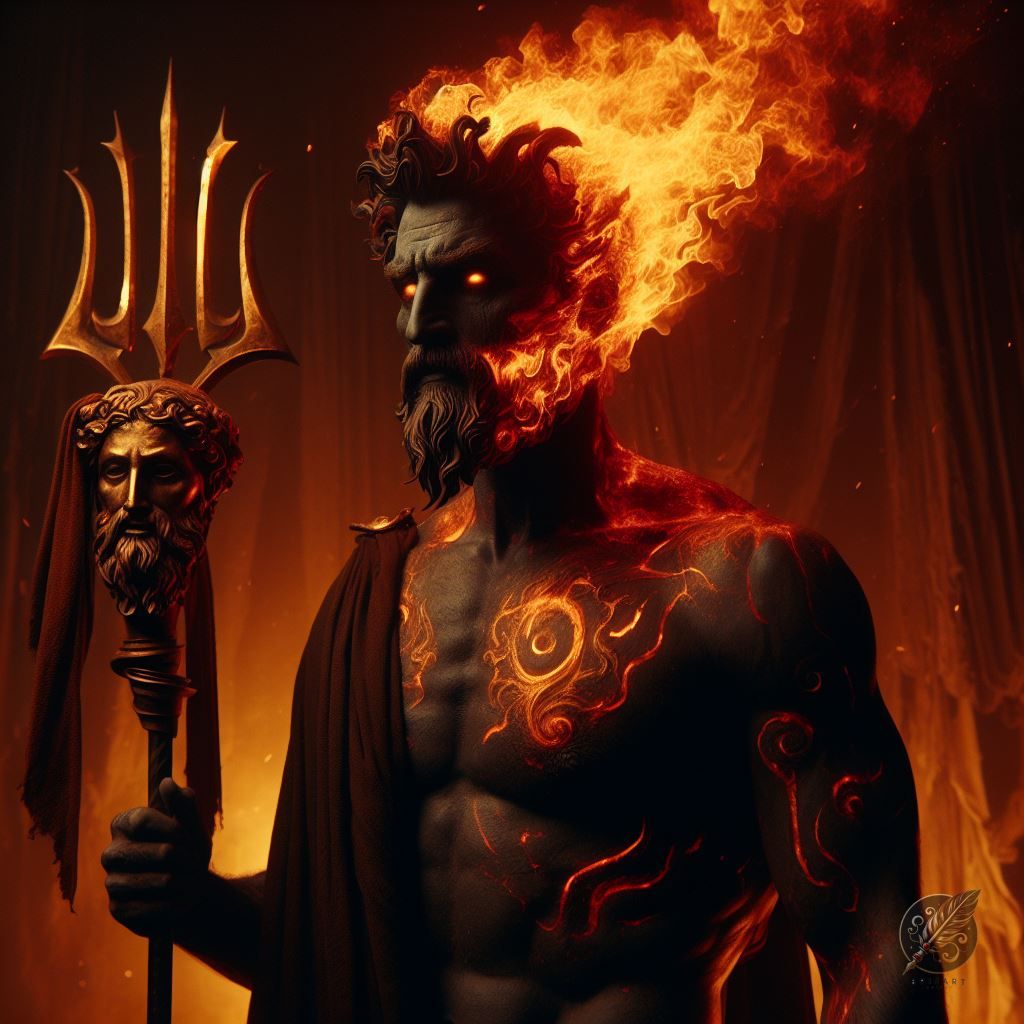1
/
of
1
RONIN86
RONIN86 ꑭ Situs Slot Samurai Altenatif Login & Daftar Pasti Bisa JP ! X500 RTP Tertinggi Ronin86 Terbaru
RONIN86 ꑭ Situs Slot Samurai Altenatif Login & Daftar Pasti Bisa JP ! X500 RTP Tertinggi Ronin86 Terbaru
Regular price
RP. 78.543 IDR
Regular price
Sale price
RP. 78.543 IDR
Unit price
/
per
Couldn't load pickup availability
Di era zaman samurai jepang banyak pertumpahan darah antara sesama samurai di setiap kubu atau di setiap wilayah tersebut untuk mendapatkan wilayah atau memperbesar kawasannya tapi di era modern atau zaman sekarang ini banyak orang ingin tahu apa sih itu peperangan di zaman samurai tersebut, maka kalian tidak perlu khawatir di RONIN86 kalian bisa langsung melihat era tersebut hingga sampai saat ini kalian bisa langsung login dan daftar untuk mencoba slot samurai rtp terbaru setiap minggunya.
Share


